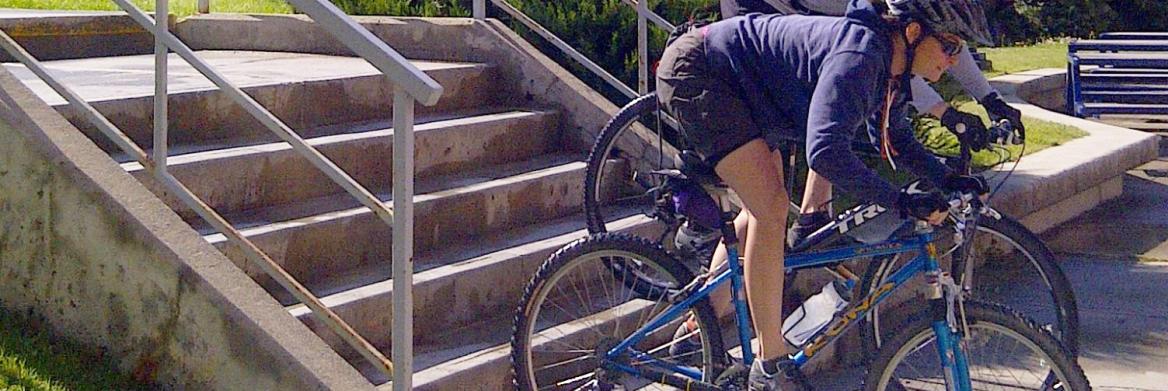Back in 1987, the Seattle Police Department became one of the early adopters of the modern-day bike patrol — out of necessity. With traffic bogged down during construction of the city's bus tunnel, officers needed to get around. But other departments across the United States and Canada, including the RCMP, soon recognized the value of permanent bike patrols.
There are many advantages. Aside from being able to access areas of the city that vehicles can't, such as down narrow back lanes and during rush-hour gridlock, bike patrol officers can move through a variety of terrain much faster than on foot. They typically have more contact with the public, are easily approachable and can engage with people on a more comfortable level.
Bike squads can also be used for crowd control. They are fluid and can move to specific locations effectively restricting or directing crowds. The bicycles can quickly form a mobile barrier and move as crowd patterns shift.
But policing on a bike isn't as simple as swapping four wheels for two. The RCMP's five-day mountain bike training course ensures that police officers are confident and possess the necessary skills to deal with a wide variety of situations and perform an array of maneuvers safely on the bike.
The course begins with bike terminology, proper equipment, bike fit and repair. Since being relatively fit is important, candidates must do a time trial early in the course. The benchmark: 16 kilometres in 35 minutes.
Skills such as maneuvering through coned courses, braking, quick turns and emergency dismounts are all part of bike handling. As traffic safety is an important part of the course, bike patrol officers must also be familiar with the Motor Vehicle Act as it pertains to bicycles.
The course teaches how to overcome obstacles such as curbs, stairs and logs so that officers can get to a call. Because approaching situations on a bicycle is different than in a vehicle, the training includes scenarios for doing this in a tactically safe manner. Another important aspect involves dismounts and shooting, since an elevated heart rate makes accurately discharging a firearm more challenging.
Once trained, a bike patrol officer can cover a lot of ground and be very effective in crime reduction and community relations.
